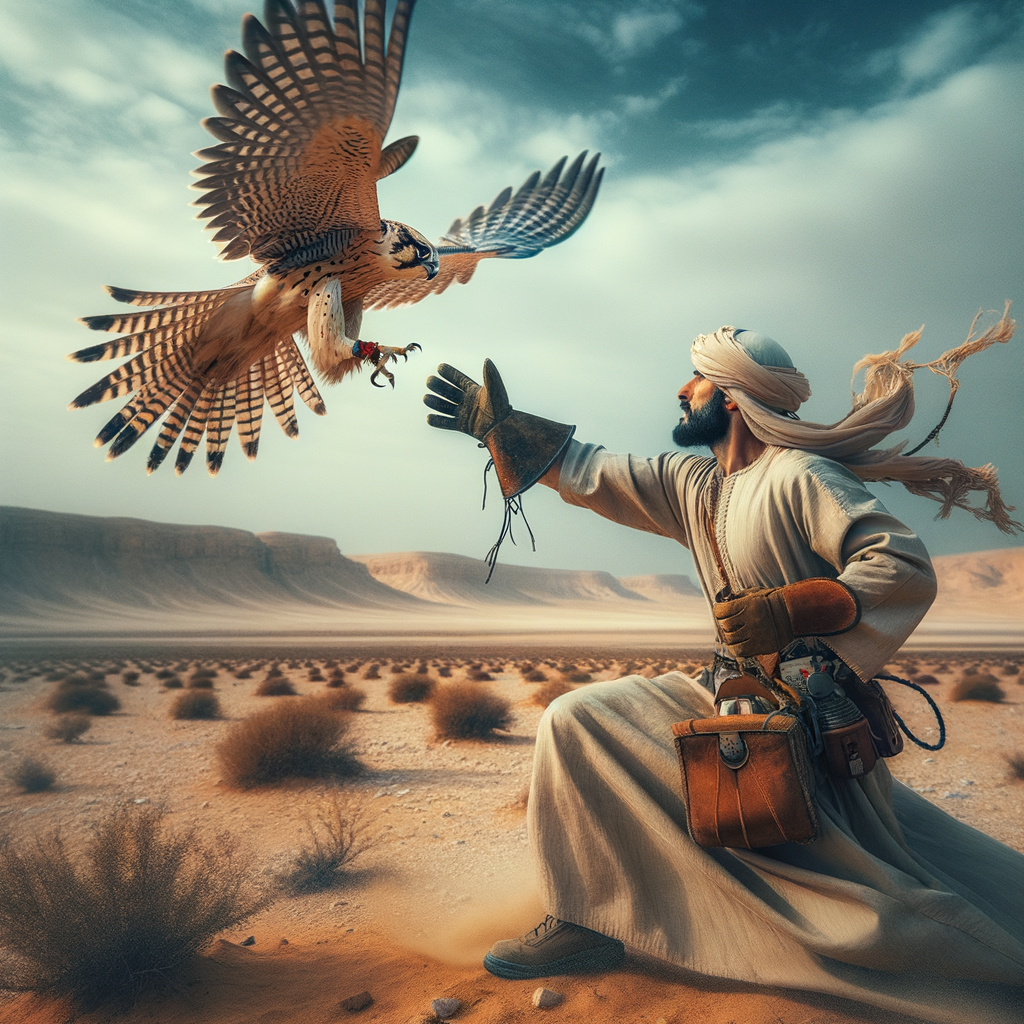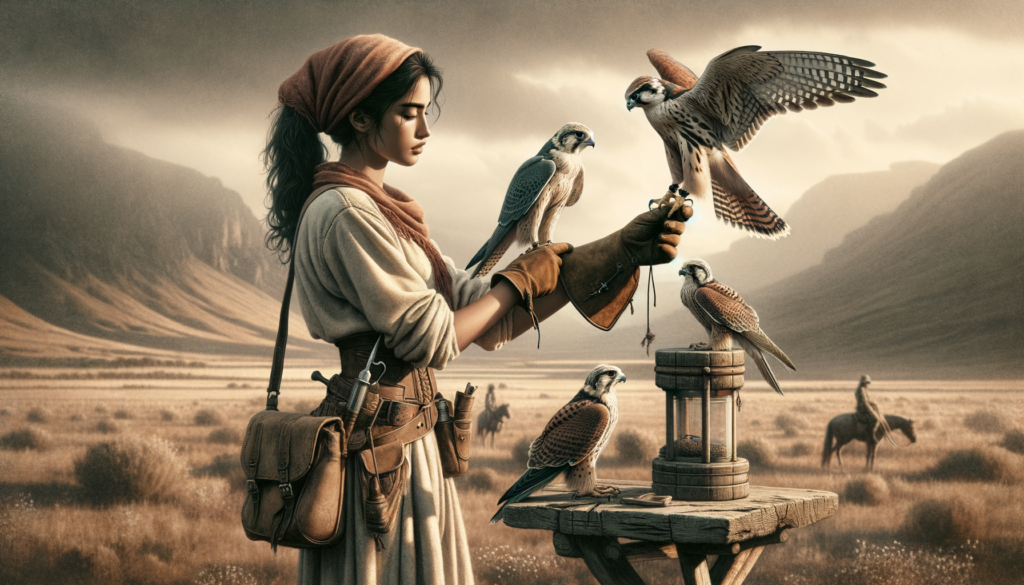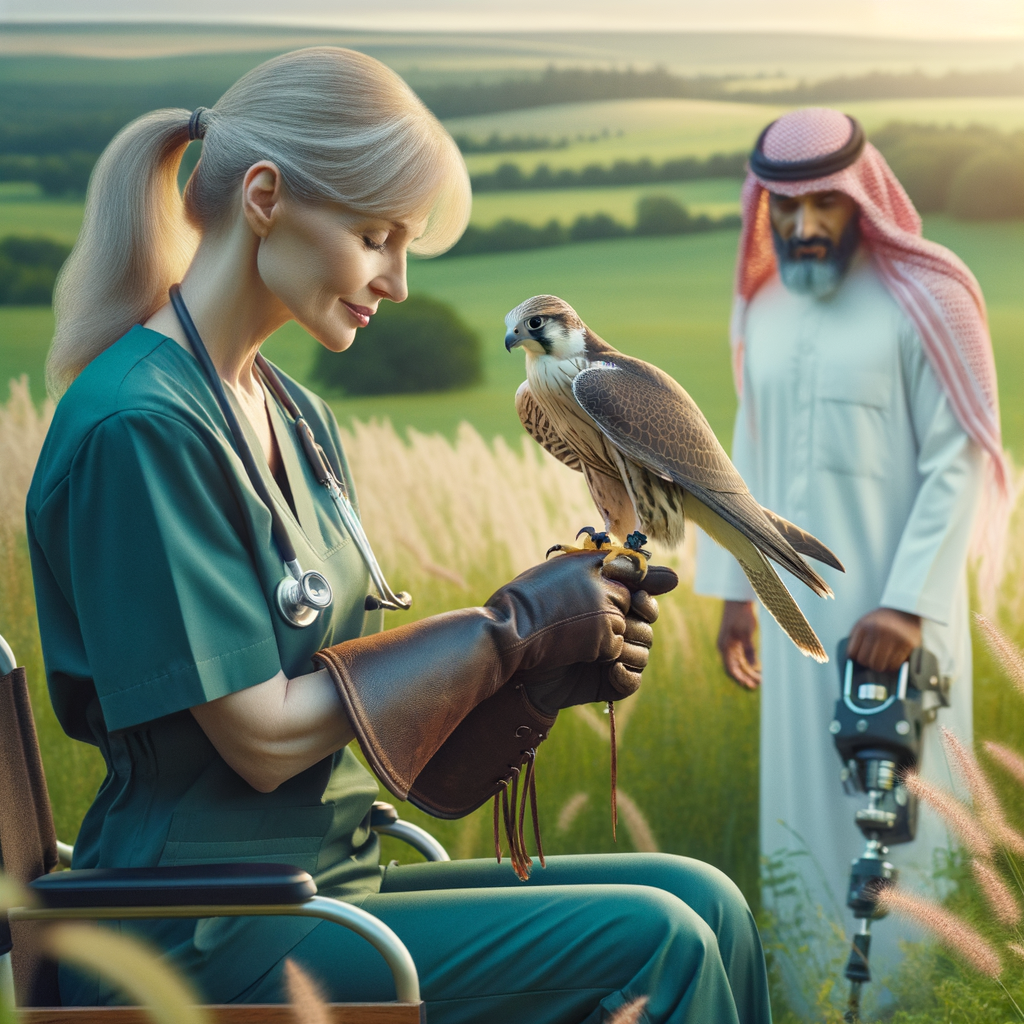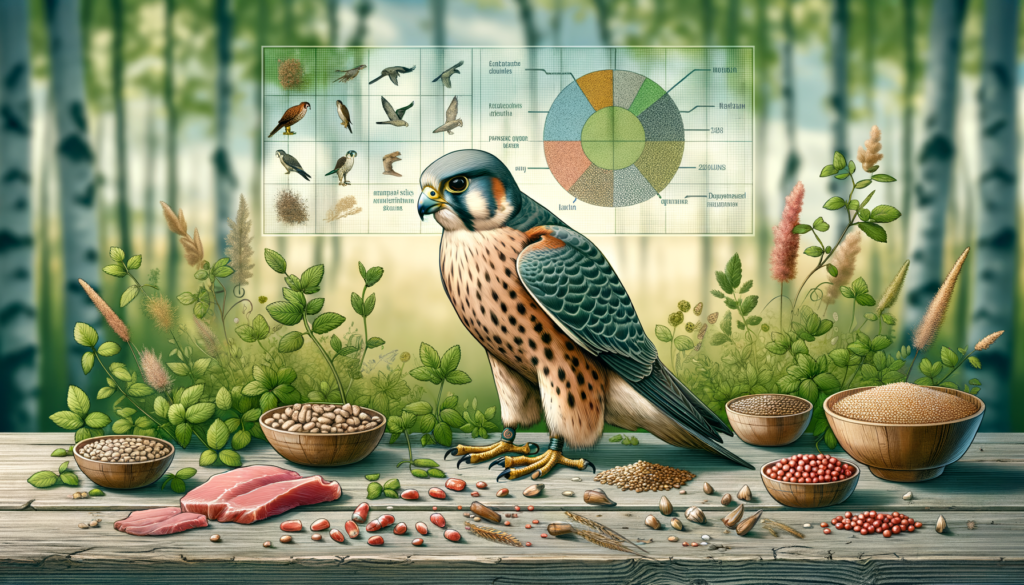Traditional Falconry Methods Unveiled
- Ancient Heritage: Falconry dates back thousands of years and is one of the oldest and most traditional forms of hunting.
- Trained Partnership: It involves a unique bond between the falconer and the bird of prey, built on trust and respect.
- Catching Prey: The primary goal is to train the bird to hunt for food, a process that requires patience and precision.
- Essential Equipment: Common tools include leather gloves, hoods, jesses, and lures, each serving a critical role in training and handling the falcon.
- Key Bird Species: Falcons, hawks, and eagles are often used in falconry, each species offering different hunting advantages.
- Training Techniques: Includes methods like creancing, where a long, light cord keeps the bird tethered during early flights.
- Role of the Falconer: The falconer must understand the bird’s behavior, health, and well-being to ensure a successful partnership.
- Cultural Significance: Falconry is not just a sport; it is a cultural tradition passed down through generations, often with regional variations.
- Modern Relevance: While traditional, falconry still finds relevance today for both hunting and as a means of wildlife conservation.
Explore the fascinating world of falconry and become a part of this historic tradition with Learn Falconry!
Discover the Timeless Art of Traditional Falconry
Imagine yourself in the lush, rolling fields of Ireland, where the ancient traditions of the land are passed down through generations, much like the art of storytelling around a warm, crackling fire. Just as the Irish have a knack for weaving captivating tales, here at Learn Falconry, we are passionate about preserving and sharing the time-honored practice of traditional falconry.
Falconry, much like the cherished heritage of Ireland, is an age-old tradition that has been with us for centuries. It is not just about training birds of prey; it’s an immersive experience that connects us to nature, enhances our patience, and deepens our understanding of these majestic creatures.
In this article, you’ll soar into the fascinating world of traditional falconry methods. We’ll unlock the secrets of this ancient craft, from the meticulous training techniques to the special bond formed between falconer and bird. Together, we’ll explore why this tradition is not only important to preserve but is also an enriching and rewarding practice that anyone can embrace.
So, grab a cozy seat and get ready to embark on this enchanting journey with us. By the end, you’ll not only have a profound appreciation for this storied practice but also understand why it continues to capture the hearts of enthusiasts all around the world. Trust us, this is one adventure you won’t want to miss!
Exploring Traditional Falconry Methods
Traditional falconry, also known as classical falconry, has a rich history that dates back thousands of years. The art of hunting with falcons has been practiced by many cultures around the world, each developing unique techniques and traditions. Ancient methods are not just historical artifacts; they are still used by modern falconers today. Let’s delve into some of these old falconry techniques and learn how they continue to captivate enthusiasts.
The Basics of Traditional Falconry
In traditional falconry, a falconer must first form a strong bond with their bird. Learn more about this fascinating history on our History of Falconry page. This partnership is essential for hunting and training. The falconer begins by choosing the right species, a process that can be informed by our comprehensive guide on species of falcons.
Timeless Techniques
Hood Training
One of the most iconic pieces of falconry equipment is the hood. Hoods are used to calm the bird and acclimate it to human presence. Different types of hoods can be explored on our types of hoods page.
Manning
Manning refers to taming and training the bird, allowing it to stay comfortably with humans. It involves handling and feeding the falcon regularly to build trust and responsiveness. You can find more about manning and other techniques on our falconry techniques section.
Creance Training
Creance training involves using a long, lightweight line called a “creance” to give the bird controlled freedom. This training teaches the falcon to return to the falconer on command. More on this method can be found in our article on creance training.
Classical Equipment
Jesses and Leashes
Essential to traditional falconry are jesses and leashes, which provide control over the bird during training and transport. Explore the different types and uses on our jesses and leashes page.
Falconry Gloves
The falconry glove is another crucial piece of equipment, protecting the falconer’s arm from the bird’s sharp talons. Learn more about choosing and using gloves in our falconry gloves section.
Health and Nutrition
Maintaining the health and nutrition of a falcon is vital for their performance and well-being. Feeding them a balanced diet and monitoring their condition ensures they remain healthy. Our guide on falcon health and nutrition covers everything from basic nutrition to advanced health care.
Legal and Ethical Considerations
Being a responsible falconer also means understanding the legal and ethical aspects of traditional falconry. Regulations can vary by region, so it’s important to familiarize oneself with local laws and ethical guidelines. Our legal aspects of falconry page provides detailed information on these crucial topics. Additionally, ethical practices are covered in our ethical falconry section to help falconers maintain the highest standards of care and respect for their birds.
Exploring traditional falconry methods offers a glimpse into the elegance and skill that has defined this ancient art. From the equipment to the training techniques, each facet plays a critical role in keeping the tradition alive and thriving in the modern world. Discover more about these timeless practices on our comprehensive resources at Learn Falconry.
Explore Traditional-Falconry-Methods with Learn Falconry
Seasonal Frameworks in Falconry
The falconry season typically spans from September 1 to March 10, offering a total of 107 days for hunting migratory game birds. These include the regular, experimental, and extended falconry seasons.
Here’s a brief look at these seasonal frameworks:
| Season Type | Dates | Days Available |
|---|---|---|
| Regular | September 1 – March 10 | 107 |
| Experimental | Varies | Varies |
| Extended | Varies | Varies |
Daily Bag Limit
Falconers can hunt up to three permitted migratory game birds per day. This limit is distinct and separate from the regular gun season bag limits for every species.
Types of Birds Used in Traditional Falconry
Falconry involves various types of raptors, each suited to different hunting techniques:
| Type | Bird Examples | Preferred Prey |
|---|---|---|
| Longwings | Peregrine, Saker, Gyrfalcon | Other birds in flight |
| Shortwings | Goshawk, Sparrowhawk | Ground game (rabbits, hares) |
| Broadwings | Eagles, Buzzards | Rolling countryside or mountainous prey |
Traditional Hunting Techniques
Different birds employ unique hunting methods:
| Bird Type | Hunting Technique | Description |
|---|---|---|
| Longwings | “Out of hood” and “waiting on” | The falcon flies directly from the fist or climbs high above to stoop at game flushed beneath. |
| Shortwings | Accelerated burst from fist or tree | Rapidly closes in on prey after launching from a perch. |
| Broadwings | Soaring | Soars while the falconer walks beneath, searching for game. |
Equipment in Traditional Falconry
Falconry equipment is essential for managing and training birds of prey:
| Equipment Type | Description |
|---|---|
| Gloves | Ghan gloves made of double-layered buckskin, with anklets, jesses, and bells attached. |
| Perches | Different birds require specific types of perches for rest and observation. |
Training Techniques
Falconers use a mix of traditional and modern training methods:
- High-tech training: Incorporating resistance micro-cycles to develop the ability to catch, grasp, and airlift prey.
- Classical Training: A method that starts with chasing a drone and then using a Berghwing to increase resistance.
Weight and Speed Changes During Training
As raptors undergo training, their weight and speed change dynamically:
| Training Stage | Weight Change | Estimated Speed | Flight Time |
|---|---|---|---|
| Early Phase | Slight Weight Gain | 60 km/h | 1:30 minutes |
| Middle Phase | Continuous Gain | 80 km/h | 2:00 minutes |
| Final Phase | Slight Weight Loss | 93 km/h | 2:30 minutes |
Communication in Falconry
Falconers use visual or oral signals to control trained hawks in flight, such as:
- Walking in a certain direction
- Whistling to signal commands
Technological Advancements in Falconry
GPS tracking and other advanced technologies have greatly enhanced falconry, offering new tools for:
- Training Methods: Tracking devices for monitoring bird locations and flight patterns.
- Safety: Ensuring birds return safely by reducing the risk of loss.
Conservation Efforts
Modern falconry contributes significantly to raptor conservation through:
- Rehabilitation and Breeding Programs: Supporting the recovery of endangered species like the Peregrine Falcon.
- Educational Outreach: Raising awareness about conservation efforts and ethical practices.
The Role of Falconry Associations
The International Association for Falconry (IAF) promotes:
- Preservation of falconry’s ancient art.
- Sustainable wildlife use.
- Offering advisory services to UNESCO and being an accredited member of IUCN (International Union for Conservation of Nature).
By combining centuries-old techniques with modern advancements, Learn Falconry continues to uphold and celebrate the rich tradition of falconry. Whether you are a beginner or an experienced falconer, there’s always something new to learn and discover!
Embracing Traditional Falconry Methods in the Modern World
Exploring traditional falconry methods reveals a timeless craft with enduring practices and significant modern developments. Falconry seasons run from September to March, offering 107 days to hunt migratory game birds. Each falconer must adhere to a daily bag limit of three birds, highlighting the sport’s commitment to sustainability. Notably, the integration of technology like GPS tracking has revolutionized training and safety, while organizations such as the International Association for Falconry ensure the preservation of this ancient art.
Falconers use various birds, including falcons, hawks, and eagles, each excelling in different hunting scenarios. Techniques range from flying birds directly from the fist to letting them soar and hunt from above. Equipment like specialized gloves and perches underscores the careful preparation involved in falconry. Moreover, modern training methods now incorporate advanced techniques to enhance the raptor’s speed and hunting capabilities.
The sport’s conservation efforts are commendable, notably the successful breeding programs that have helped repopulate endangered species like the peregrine falcon. Traditional falconry ties deeply to cultural heritage while adapting to present-day needs, which makes it an enduring and respectful practice that fosters both community and conservation.
By embracing these methods, modern falconers can maintain a centuries-old tradition while contributing positively to wildlife preservation and ecological awareness. Falconry today is as much about the relationship between human and bird as it is about the sport, making it a fascinating and evolving practice. Happy falconing!



